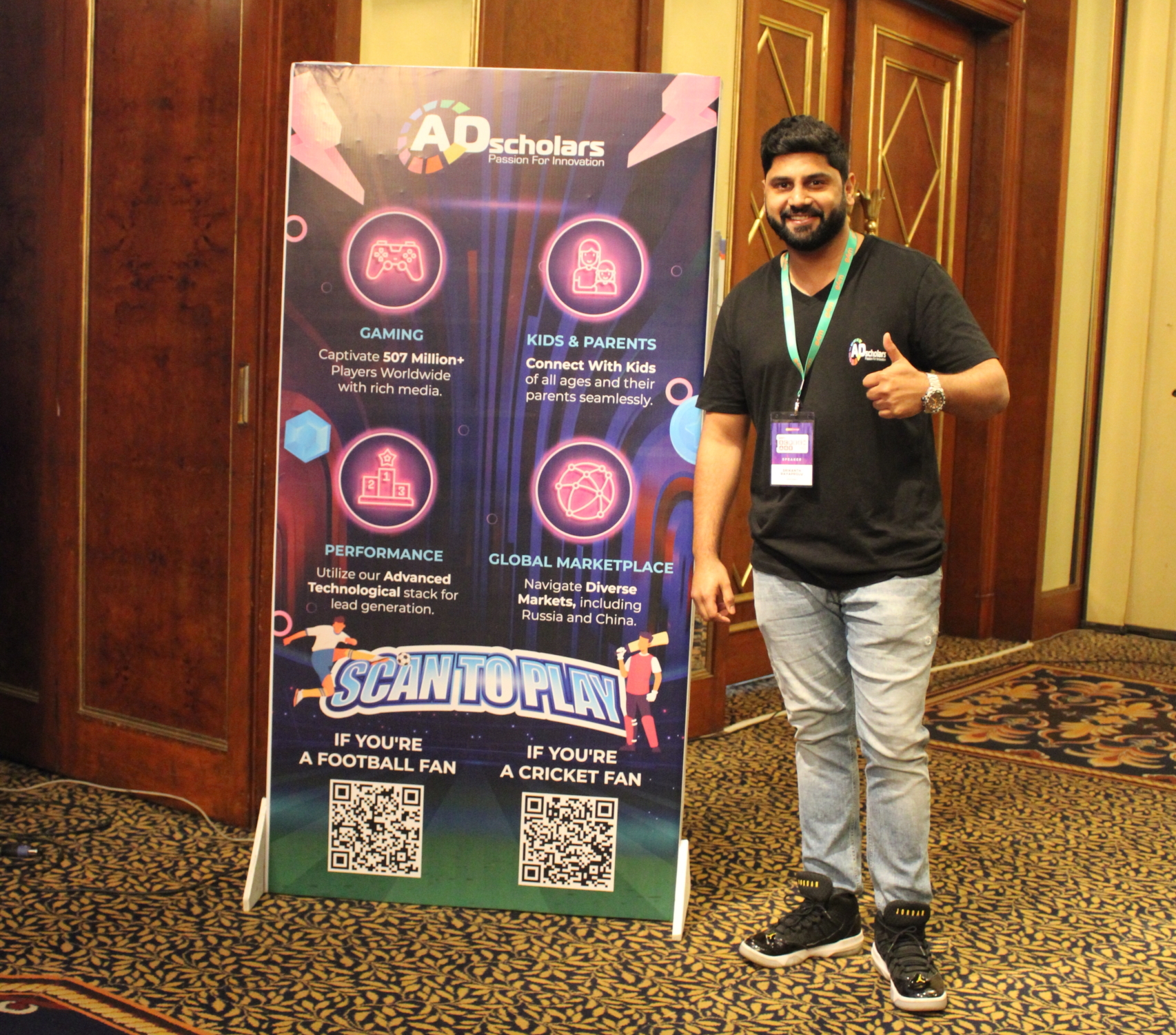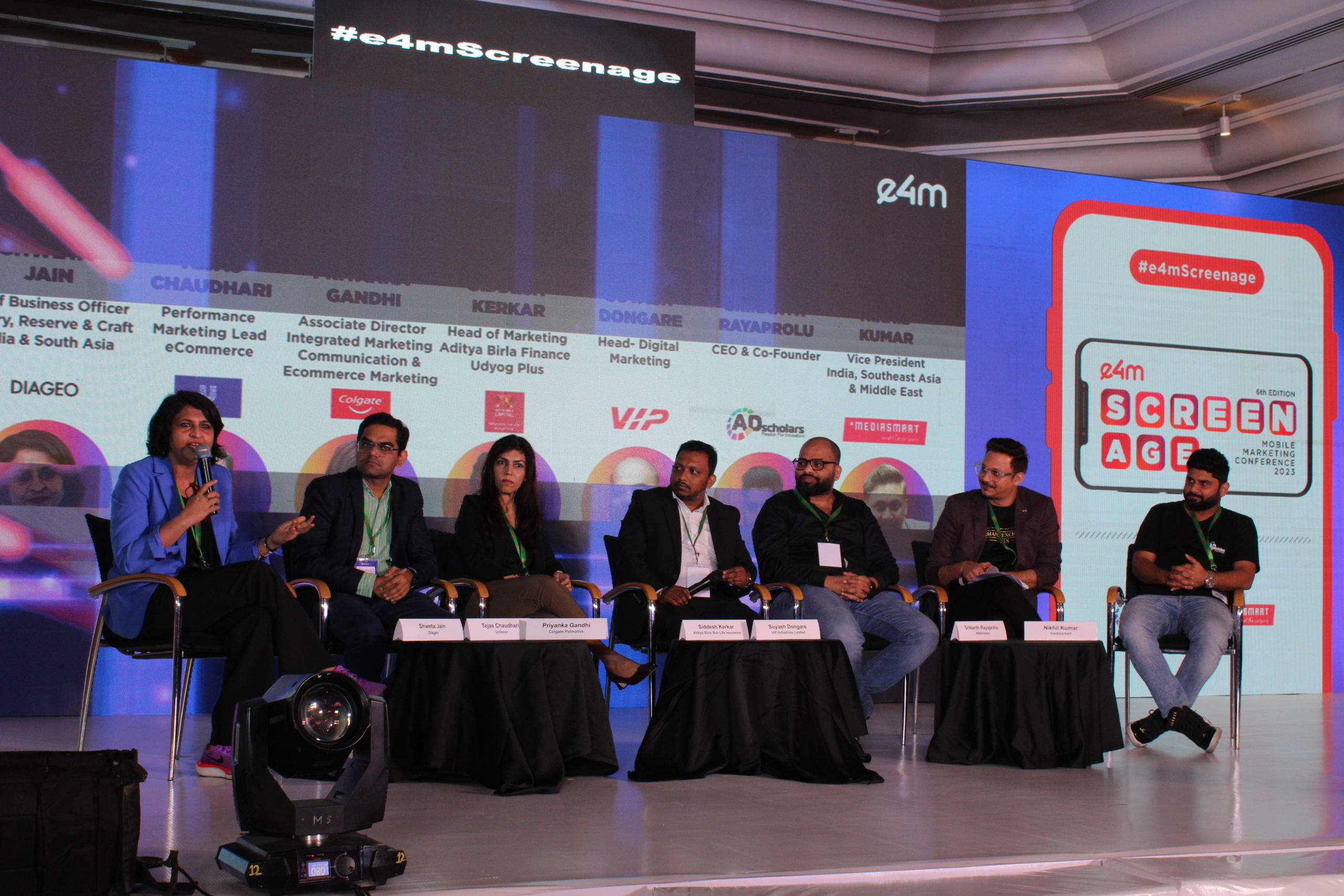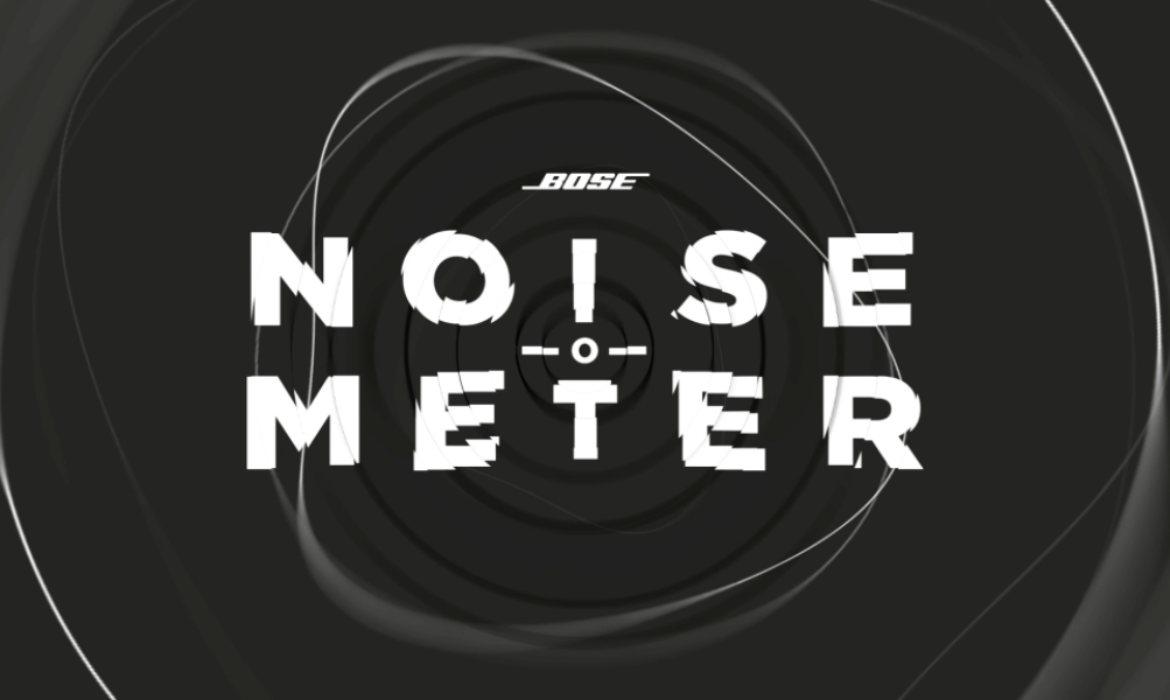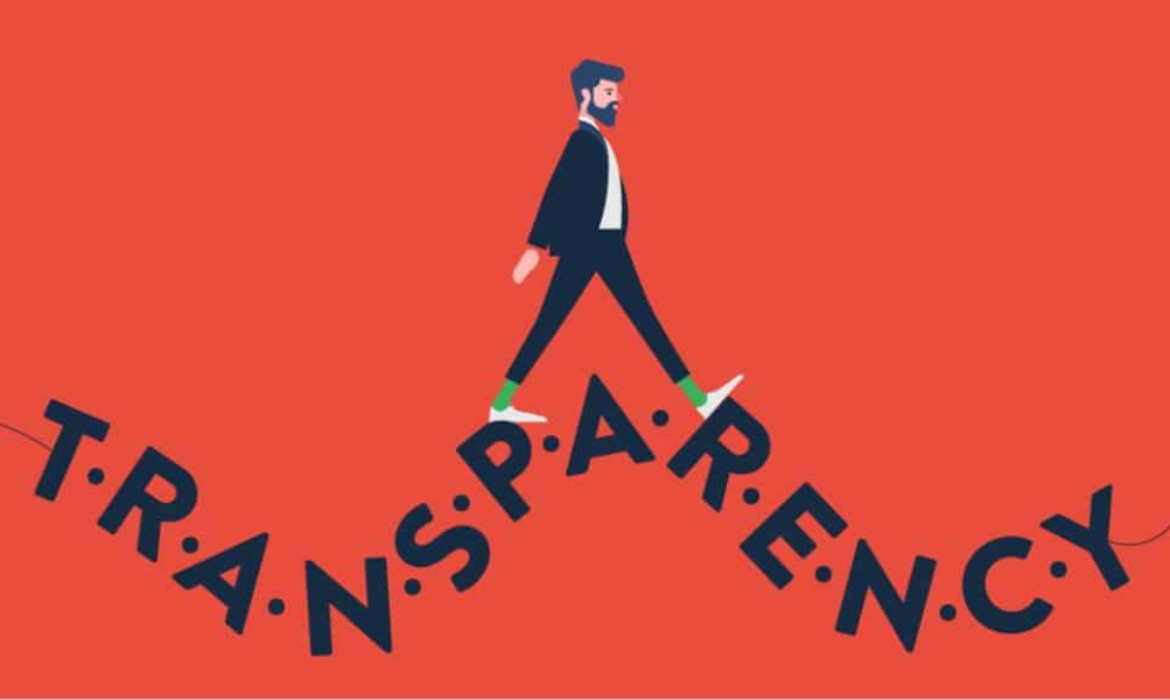Reshaping Mobile Advertising: AdScholars at E4M Screenage Summit
The sixth edition of the E4M Screenage took place in Mumbai on November 29, 2023. With mobile marketing taking center stage as the topic of discussion, the summit attendees included professionals in digital marketing, business leaders, innovators, entrepreneurs, and other areas of the advertising industry.
ADscholars Co-partners at E4M Screenage
ADscholars were the proud co-partners of the E4M Screenage. The conference explored the core of mobile marketing in depth. Our CEO, Srikanth Rayaprolu was a member of the panel discussion on the subject of “Mastering Mobile Advertising and Crafting Digital-Age Ads.” The panel explored the changes in consumer behavior and brand pivots to mobile-first strategy.
As the panelists discussed, mobile transformation has become a primary tool for observing how brands are expanding beyond traditional one-way communication. Their discussion shed light on the transformation of mobile in India, mobile market penetration, and mobile advertising consumption over the last few years.
Brands are moving beyond traditional one-way communication through mobile transformation. The panel discussion shed light on how mobile has transformed in India, the mobile market penetration, and mobile advertising consumption.

The Panel Discussion
The stellar panel featured industry leaders from diverse verticals: Shweta Jain, Chief Business Officer, Luxury, Reserve & Craft India & South Asia, Diageo; Tejas Chaudhari, Performance Marketing, Lead e-commerce, Unilever; Priyanka Gandhi, Associate Director, Integrated Marketing Communication & Ecommerce Marketing, Colgate-Palmolive; Siddesh Kerkar, Head of Marketing, Aditya Birla Finance Udyog Plus, Aditya Sun Life Insurance; Suyash Dongare, Head of Digital Marketing, VIP Industries and Srikanth Rayaprolu, CEO and Co-Founder, ADscholars. Nikhil Kumar, Vice President India, Southeast Asia & Middle East, mediasmart, was the session chair for the panel discussion.

Speaking on the subject, Srikanth Rayaprolu emphasized educating brands on the importance of mobile advertising and related things to tap into the landscape. Since the attention span on mobile has reduced, building gamification ads and keeping user engagement high on mobile has become essential. He also explained how brands need to ensure the ads that reach their potential audiences need to be interactive, fast-loading, and engaging. On an ending note, Srikanth underscored how ADscholars has been educating brands about ethical mobile ad practices. Furthermore, he suggested that there is a huge opportunity for mobile advertising in the future.
A Memorable Conclusion
ADscholars was honored to have been nominated for the Maddies Awards for Best Use of App/Games for Marketing. The team ended the event on a very positive note, taking back fond memories and influential connections with professionals from the industry.
Influencer Marketing Comes Back Strong Amidst Pandemic Crisis
The pandemic had disrupted every industry forcing marketers to shift their plans and thrust into an uncertain and swiftly changing landscape. Brands are looking for independent creators than productions due to pandemic restrictions such as sheltering in place.
The industry was in troubled waters as pandemic had put a pause on all the plans, took many industries out of the market, and affected many influencers’ content. Some marketers even continued with Facebook boycotts or social media pauses.
It has been quite a challenging period for influencers. However, the influencer industry is recovering and bouncing back, showing incredible resilience and creativity. Consumers are spending more time on social media interacting with content creators after being cooped up at home. With budgeting constraints and large scale, ad production is difficult, brands are turning to independent creators for a quick, less-expensive, and easy-to-produce creative content. This is providing the much-required boost to the influencer marketing industry.
Numbers Says It All
Social Bakers released the State of Influencer Marketing Report and found out that there is a fall in sponsored content from March to May and a pivot towards micro-influencers. Yuval Ben-Itzhak, CEO, Socialbakers said,
“Nano and micro-influencers are now seen as high-value resources, bringing high impact without the big price tag of macro and mega influencers. As budgets remain tight, savvy brands will likely continue to expand partnerships with these smaller influencers as part of a smarter social media strategy in the wake of the continuing worldwide pandemic.”
Another finding by Shareablee, an audience-based social media measurement company states that branded content from influencers on Facebook, Instagram, and Twitter was up 21% in July from March despite a decline in sponsored influencers post- 87% on Instagram and 57% on Facebook in April compared to last year.

Image Credit: Adage
Influencer marketing has changed in several ways during the outbreak. There is a shift in consumer behavior more towards digital in this pandemic due to the lockdown. The engagement with branded influencers posts grew 5 times faster to 57.2 million total actions in July compared with March, according to Shareablee.
A rise in sponsored posts is seen since July after the volume fell almost 17 percent in March and another 6 percent in April reveals Data from CreatorIQ.
This proves that the industry is still very strong and influencers are quick to adapt with conversion rates increased across platforms in the pandemic. As quoted in Adage, Melissa Rosenthal, co-founder at Circle said,
“Brands took a few weeks to figure out how to position themselves for a new world. Now I’m seeing probably 5 times the outreach I was seeing pre-pandemic. Small brands, large brands, new brands, everyone.”
The pandemic is benefitting the influencers with the increase in viewership as alternate media or sports events have declined drastically. Presently, influencers are the only production houses that are open and can make new, creative, and custom content for brands amidst pandemic restrictions. According to the eMarketer report, followers are looking for more DIY activities and short videos.

Image Credit: eMarketer
Clorox Followed The Influencer Way!
Clorox.Co is getting back to sponsored influencer work after a pandemic pause. Through the Reach Agency, Clorox recently teamed up with YouTube comedians The Try Guys to market its latest scent of Fresh Step cat litter. In the video, the creators open the world’s smelliest foods to demonstrate the ability of new Fresh Step cat litter with Febreze Freshness and Gain Scent covers the odors. The video garnered nearly a million organic views on its first day on August 15. The partnership with Try Guys who have 7.3 million subscribers is Clorox’s third venture into influencer-led demo-tainment.
Clorox shifted the plan of conventional ads to influencer content while planning the campaign in March as the pandemic situation would make it hard to produce ads. Another major decision taken by the brand was to boycott Facebook and Instagram advertising for the remaining year while the project was ongoing.
As reported in Adage, Deb Crandall, director of marketing and studio lead said,
“We have had to ask our partners not to post this on their Facebook or Instagram channels, and we’re not putting any paid support behind it. It definitely takes a channel out of the mix to reach our audience, but that’s why we’re excited about the results we’re seeing. To reach almost a million views without Facebook or Instagram makes us think we’re onto something.”
Finally, brands and creators are learning to operate in the ‘ new normal ’. In the time of crisis, savvy social media influencers are engaging with their followers in a fairly two-way communication that even brands could never have on their own.
Noise-O-Meter By Bose Rewards Rising Noise Level With Discounts On Its Headphones.
Wunderman Thompson and Bose launches Noise-O-Meter to bring noise-cancelling savings to loud homes.
The new normal for millions of office goers is Working From Home (WFH) owing to COVID-19 pandemic. Many are able to maintain their productivity while working from the home offices but it may not be true for all. The volume indoors can be so high that the streets outside may sound calm and quiet.
To combat this cacophony, Bose is taking a singular approach and offering savings on its newest and innovative noise-cancelling headphones: The louder your home office, the larger your discount.
The new video ‘Noise-o-meter’ is developed by Wunderman Thompson, Dubai, and launched it in UAE. It measures ambient noise levels and instantaneously converts the decibels into discounts.
Bose Noise-Canceling Headphones 700 was launched in a new era of audio technology. Bose partnered with Wunderman Thompson Dubai, which engineered a unique algorithm for interpreting sound data. Thus, offering Bose fans a playful, enriching, and rewarding way to get their hands on these unrivalled headphones. The video ad is a blend of creativity and innovation.
Pablo Maldonado, Executive Creative Director at Wunderman Thompson Dubai, explains:
Unwelcome decibels are everywhere, from the whooshing hairdryer to that rattling washing machine and those boisterous neighbors. We wanted people to have some fun even as they save more and bring the calm inside. What makes Noise-O-Meter extra rewarding for us is the fact that it was dreamt up and brought to life from our home offices!
Real-Time Marketing Is Disruptive, But How Real It Really Is?
80% of business buyers expect companies to respond and interact with them in real-time suggests a report.
To date, most real-time marketing of leading brands focuses on demand generation, advertising, promotion, sales, and service. In Gartner’s report last August, Vice President analyst Mike McGuire said,
“Event-triggered and real-time marketing will have the biggest impact on marketing activities in the next five years…However, before marketers can realize the benefits of these technologies, they must first become proficient in predictive analytics and delivering personalized communications.”
The research firm reports brands are combining behavioral analytics and marketing automation to deliver real-time marketing efforts based on specific customer behaviors -but according to the findings, many marketers lack a ‘real’ business case for real-time engagement.
REAL PROBLEMS OF REAL-TIME MARKETING
The primary problem is, there are 7,000 marketing technology solutions but there is no way to connect and combine all the different systems together in a way to deliver sustainable real-time marketing efforts, points out Pegasystems Product Marketing Manager Andrew LeClair.
He shares that there is data all over the place but our systems and people are not connected. In his Discover MarTech presentation, he said,
“There’s a bunch of complexity. We’ve got inbound that’s over here and outbound over there — and paid is off on some island somewhere nobody knows. Not to mention all the other systems that touch the customer — things like customer service or billing applications.”
Marketers are unable to put multiple platforms together to create a centralized decision-making authority- one that can deliver actual real-time marketing events based on customer engagement and behavior.
HOW TO MAKE REAL-TIME MARKETING WORK

Image Credit: Marketing Land
With real-time in batches taking hours, hundreds of data integration, disconnected inbound and outbound- customers get lost in the shuffle.
During the webinar, LeClair said there is a need to find and deliver the next course of actions across channels in under 100 milliseconds. What does this mean?
This means real-time marketing is reliant on four specific capabilities- detection, data, decision, and delivery. At first, marketers must be able to detect or sense a customer’s need or opportunity. This means having systems in place to detect opportunity via simple events like conversations with CSR, or click-through emails. Conversely, there are non-events – events that were expected but didn’t happen.
After the events have been detected, data needs to be gathered before the next best action. According to LeClair, marketers need to access and assemble real-time information – customer’s emotions, intent, and behaviour. Data throws some light on their end goal and their location is also needed. All this information is essential to identify their context and what are their needs
After a comprehensive data assessment, the next best action can be determined and optimize for a real-time marketing opportunity. This may include delivering the right content at the right time, a personalized offer, or sending emails to follow up or more.
When marketers have fine-tuned these four capabilities, they can determine whether or not it’s time to sell to the customer, nurture the relationship or decide not to engage if it doesn’t add value to the given situation.
On the Under 100- milliseconds challenge, LeClair said in the webinar,
“From initial detection to assembling our data to making that decision to then executing — and how that impacts the customer experience — if we’re able to do all of that in less than 100-milliseconds for any channel, that is the ideal state. That’s where the best in class organizations live and breathe.”
BENEFITS OF REAL-TIME MARKETING
LeClair shared the results of the impact of real-time marketing efforts from a Total Economic Impact report conducted by Forrester on Pega’s clients. Companies generated $226 million worth of incremental revenue gains and $193 million in retained revenue on implementing Pega’s real-time marketing tools. He further commented,
“Because we’re sensing needs in real-time, we can be proactive in our retention efforts, reducing our churn, reaching out to the customer before they even get the chance to think about leaving, And that’s really, at the end of the day, how we optimize for customer lifetime value which is what all of this is about.”
Advertisers Look For Greater Transparency In Programmatic Ad Buying
Time and again, “Transparency’ has been a cause of concern for advertisers in the programmatic ad buying. This has been a long time pending issue which still remains unresolved as advertisers try to uncover what happens to money spent on programmatic ads.
Ad spend is falling and advertisers are again seeking greater transparency into the ad-buying supply chain. Hidden fees, fraud, viewability, and brand safety are the growing concerns that need immediate attention.
Trade body ISBA studies reveal that nearly half (49%) of ad buys disappear before reaching publishers and 34% of this money is the disclosed fees agencies and ad tech vendors take for trading impressions. However, 15% cannot be attributed to what the report called an ‘unknown delta’ on the supply chain. The amount of money that reaches publishers is lower, as the report did not consider ad fraud and ad viewability.
As reported earlier, a noticeable amount of programmatic dollars doesn’t reach the publishers and it is getting increasingly harder to keep a track of where it goes. The trade body struggled for nine months to gather data from the ad tech vendors to make a report on this and when it received data is was unusable.
PwC collected information for the study was data on 267 million impressions traded between 15 advertisers, eight agencies, five demand-side platforms, six supply-side platforms, and 12 publishers from the Association of Online Publishers from Jan. 1 to 20. March. Of those impressions, only 31 million (12%) were actually analyzed by matching log-level and aggregated data across 290 different supply chains.
PwC reported that it was highly cumbersome and hard to collect data on each impression. Ad tech vendors were conservative in sharing data due non-disclosure agreements and data collected was in different formats making it difficult to trace an advertiser’s money to so many different publishers. The advertisers involved in the study were non-premium 40,525 sites on an average.
Generally, an advertiser or agency decides to buy impressions and pay for them on DSP while publishers use SSP to sell their inventory at advertisers. Data on impressions from these two platforms are matched up and PwC did the same. However, data could not give financial transparency for the advertisers and publishers There were still costs in the ‘unknown delta’ that remains unidentified on the report. For instance, hidden fees can be a combination of additional ad tech vendor fees, post-auction bid shading, trading deals, and other unknown factors.
As quoted Sam Tomlinson, marketing assurance partner at PwC in DigiDay,
“This is more because the programmatic ecosystem is built on legacy processes that are a mess.”
Graeme Adams, head of media at BT Group said,
“We desperately need to see a common set of standards adopted and more openness in this market, so that every penny spent is accounted for. If this happens, we’ll invest more in the channel; if not, we will cut back and reshape our trading approaches.”
To conduct such high and intense study is a big expense. For instance, It costs more than £1 million ($1.2 million) to collect and process the data from different sources in ISBA’s study. A lot of emphasis is given to attain log file data by marketers. If the ISBA report proves anything that the log file data can reveal everything about transparency and nothing at the same time.
Ruben Schreurs, managing partner at digital media consulting firm Digital Decisions responds to log file data and said,
“Using the overly sophisticated approach of trying to match log-file data in real-time is like buying the IBM Watson supercomputer to calculate 1+1.”
He added that advertisers should have a sensible and valuable approach by running a periodic review of their net spend on publishers and match it with publisher data cumulatively. This will help to get the right and required output to make value-driven decisions on how to optimize the value chain and avoid complicating technologies.
Nevertheless, the report findings can help the adtech industry and give the insight to enhance financial and data transparency as regulators on impressions as regulators dominate.
Steve Chester, director of media and advertising at ISBA said,
“If the ad industry can be seen to be demonstrating that we can create a more open and transparent market then it could avoid the necessity of being regulated.”






